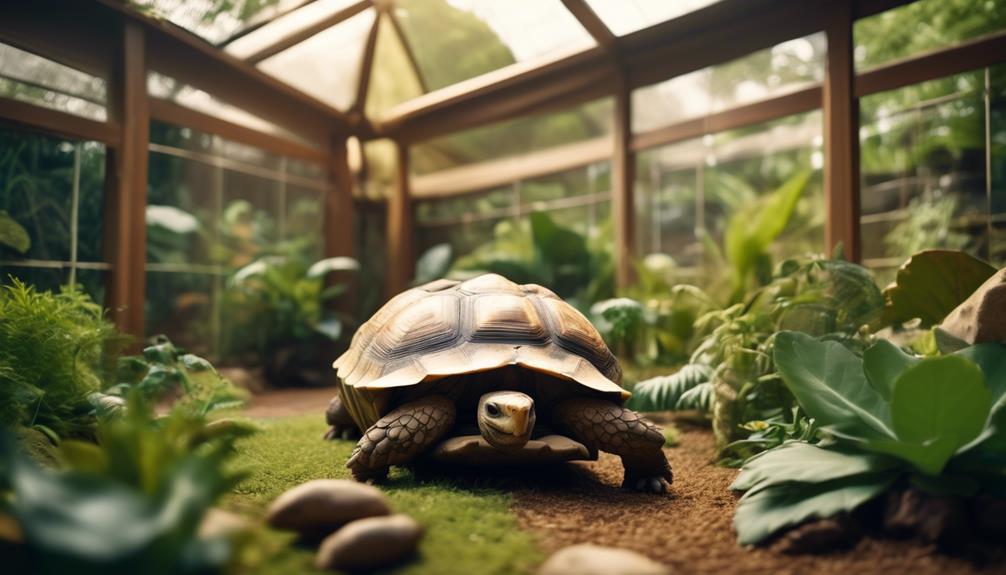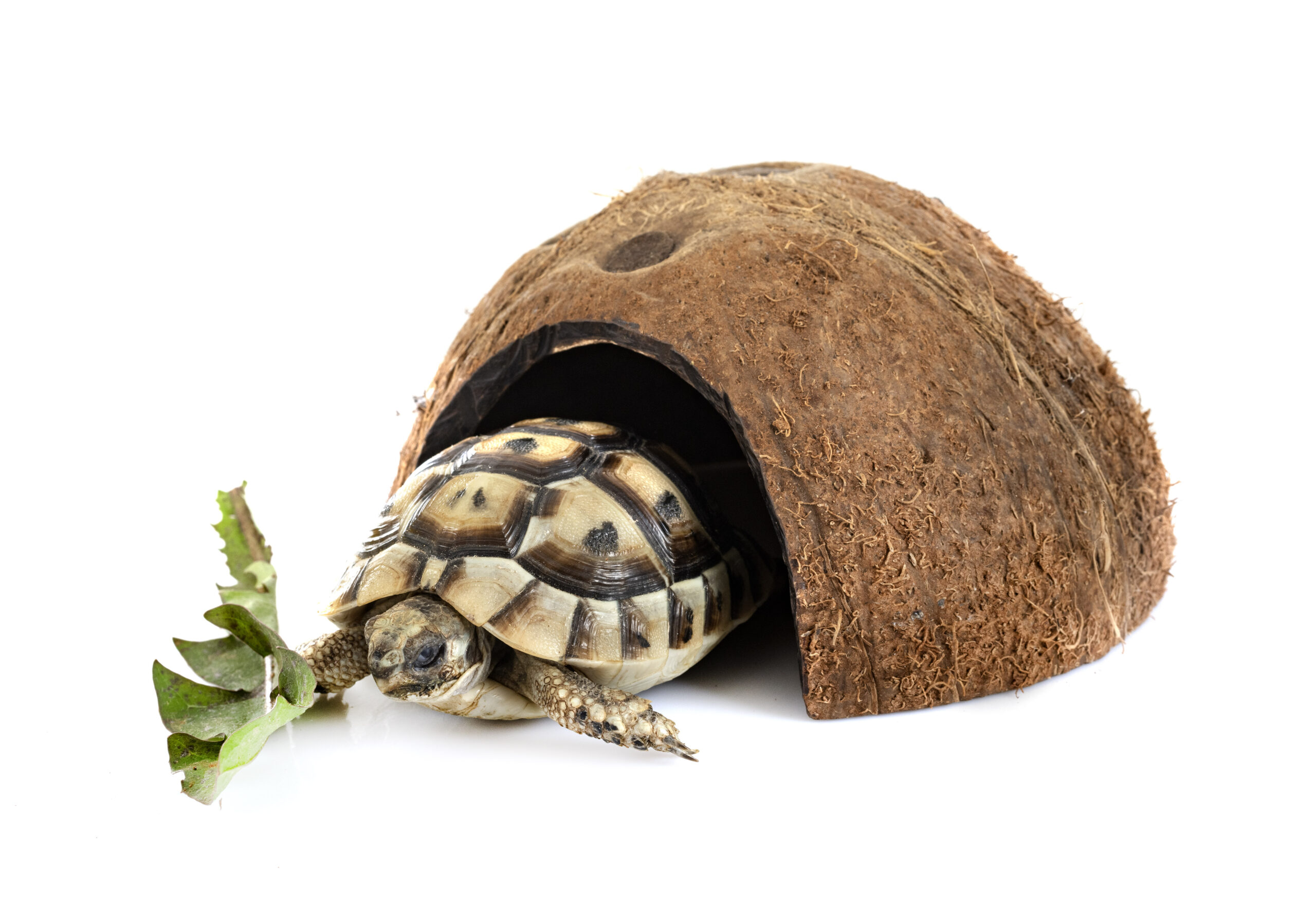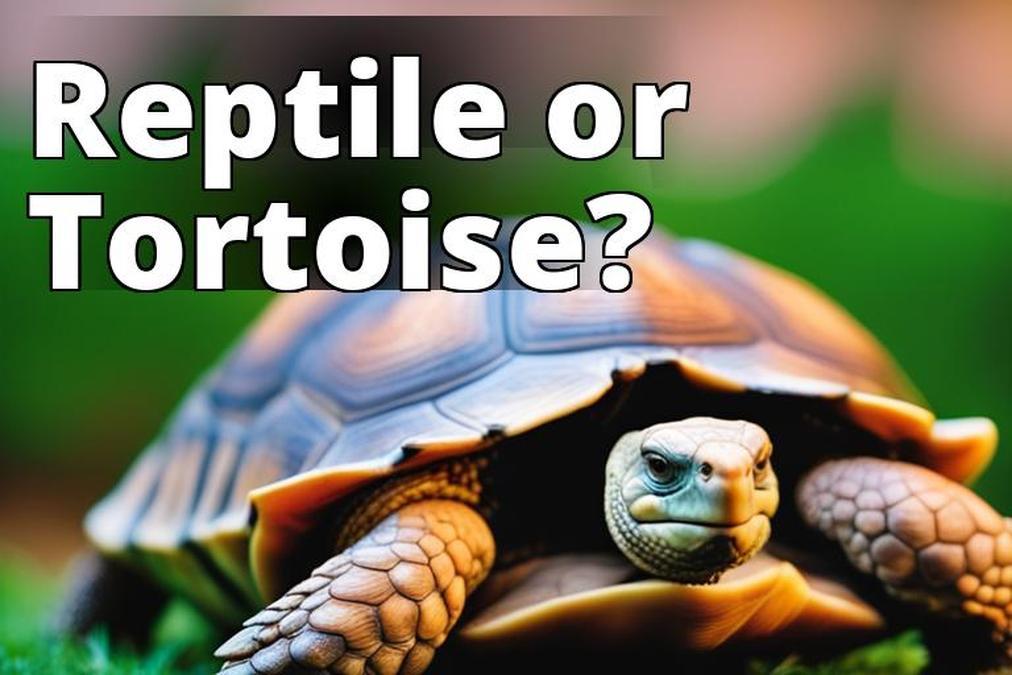Tortoises are fascinating animals known for their long life spans, slow movements, and unique physiology. As cold-blooded creatures, they rely on their environment to regulate their body temperature, which has a significant impact on their health and wellbeing. In this ultimate guide, we’ll explore the basics of cold-bloodedness, the evidence supporting the claim that tortoises are cold-blooded, the benefits of being cold-blooded for tortoises, and the physiology of cold-blooded tortoises. We’ll also discuss how to create the ideal environment for tortoises, including basking areas and UVB lighting, and potential health problems related to temperature regulation. Finally, we’ll offer tips for keeping tortoises healthy and happy.
Understanding Cold-Bloodedness
To understand why tortoises need a particular environment to regulate their body temperature, we need to understand what it means to be cold-blooded. Cold-blooded animals, also known as ectothermic animals, are those that rely on their environment to regulate their body temperature. They don’t produce their own heat and instead absorb it from their surroundings. This means that their body temperature fluctuates with the temperature of their environment.
In contrast, warm-blooded animals, or endothermic animals, can regulate their body temperature internally through their metabolism. They generate their own heat through metabolic processes and can maintain a constant body temperature regardless of their environment. Mammals and birds are examples of warm-blooded animals.
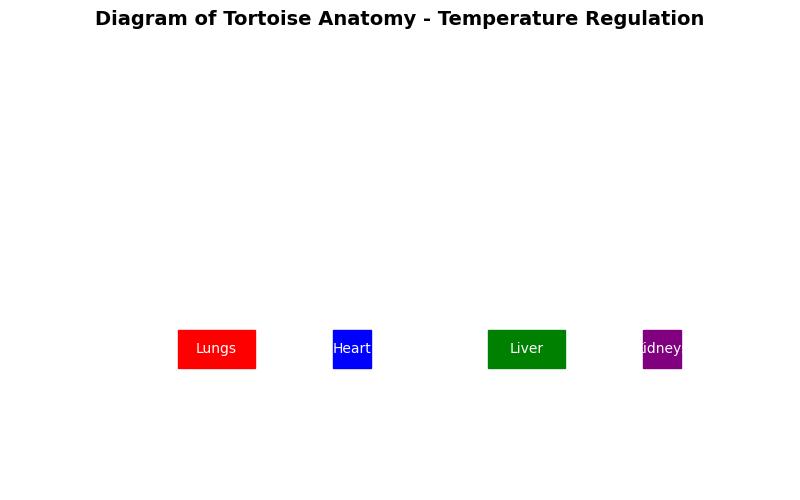
Tortoise Physiology
- Tortoises are cold-blooded animals.
- Being cold-blooded means they rely on external sources of heat to regulate their body temperature.
- This article explains how tortoises regulate their body temperature, the benefits of being cold-blooded, and how to maintain the ideal temperature in their environment.
Are Tortoises Cold-Blooded?
Yes, tortoises are cold-blooded animals. There is ample evidence supporting the claim that tortoises, like other reptiles, rely on their environment to regulate their body temperature. This means that they are more active and able to move around when it’s warm, and they become sluggish and may even hibernate when it’s cold.
According to scientific research, tortoises have a lower metabolic rate than warm-blooded animals, which means they require less energy to survive. They also have a lower optimal body temperature range, which allows them to tolerate extreme temperatures that would be too hot or cold for warm-blooded animals.
Benefits of Being Cold-Blooded for Tortoises
Being cold-blooded offers a number of benefits for tortoises. For one, they require less food and energy to survive, which means they can go longer periods without eating. This is especially beneficial in their natural environment, where food may be scarce. Additionally, the ability to tolerate extreme temperatures allows tortoises to survive in harsh environments where other animals cannot.
Tortoises have also developed a number of adaptations that help them survive in their environment. For example, they have thick, scaly skin that helps to retain moisture and protect them from predators. They also have a slow metabolism, which allows them to conserve energy and go longer periods without food.
Physiology of Cold-Blooded Tortoises
Tortoises regulate their body temperature through a process called thermoregulation. They do this by moving to areas that are warmer or cooler than their current body temperature. For example, if they’re too cold, they’ll move to an area that’s warmer, such as a basking spot in the sun. If they’re too hot, they’ll move to a cooler area, such as a shaded spot or a burrow.
The role of the environment in tortoise physiology cannot be overstated. Tortoises rely on their environment to provide the heat and light they need to survive. This means that they require a suitable habitat with the right temperature gradients, substrate type, and humidity levels to thrive.
There are also differences in thermoregulation between species of tortoises. Some species, such as the desert tortoise, are better adapted to hot, dry environments, while others, such as the Russian tortoise, prefer cooler temperatures and more humidity.
| Environmental Factor | Ideal Range for Tortoise Habitat |
|---|---|
| Temperature | 75-85°F (24-29°C) during the day, 65-75°F (18-24°C) at night |
| Humidity | 40-60% |
| Substrate | Natural substrate such as soil, sand, or a mixture of both |
| Enclosure size | At least 8 square feet of floor space per adult tortoise |
| Basking area | 90-100°F (32-38°C) |
| UVB lighting | 10-12 hours per day; 5% or higher UVB output |

Creating the Ideal Environment for Tortoises
Providing a suitable habitat for tortoises is essential for their health and wellbeing. This means providing an enclosure that is large enough for them to move around and explore, with a variety of temperature gradients and substrate types. It’s also important to maintain the proper temperature and humidity levels, which can be achieved through the use of heat lamps, basking areas, and misting systems.
When setting up a tortoise enclosure, it’s important to consider the specific needs of your tortoise species. For example, desert tortoises require a dry, arid environment with plenty of hiding places, while Russian tortoises need a cooler, more humid environment with access to water.

Basking Areas and UVB Lighting
Basking areas and UVB lighting are essential for the health of tortoises. Basking areas allow tortoises to warm up and regulate their body temperature, while UVB lighting helps with vitamin D synthesis, which is essential for the absorption of calcium.
When setting up a basking area, it’s important to choose a spot that is warm but not too hot. Tortoises should be able to move in and out of the basking area as they need to regulate their temperature. UVB lighting should be provided for 10-12 hours per day and should be replaced every 6-12 months.

Potential Health Problems Related to Temperature Regulation
Improper temperature regulation can lead to a number of health problems in tortoises. Metabolic bone disease is a common problem caused by a lack of calcium and vitamin D, which can lead to weak bones and shell deformities. Respiratory infections are also a risk, especially if the humidity levels are too low.
Symptoms of health problems related to temperature regulation include lethargy, lack of appetite, shell deformities, and difficulty breathing. If you suspect that your tortoise is ill, it’s important to take them to a veterinarian who specializes in reptiles.
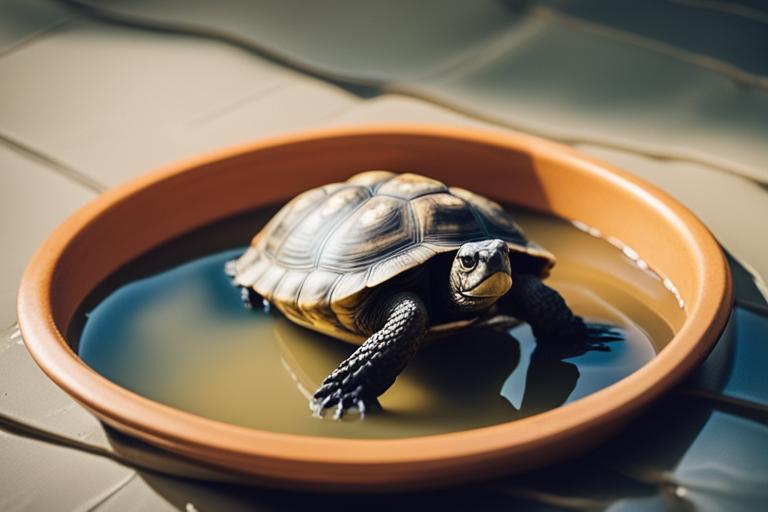
Tips for Keeping Tortoises Healthy and Happy
To keep your tortoise healthy and happy, it’s important to provide them with a balanced diet, regular veterinary check-ups, and opportunities for enrichment and socialization. Feeding your tortoise a variety of fruits, vegetables, and protein sources will ensure that they get all the nutrients they need. Regular veterinary check-ups will allow your vet to catch any health problems early on.
Enrichment and socialization are also important for tortoise wellbeing. Providing toys and hiding places in their enclosure can help to keep them engaged and active. You can also take your tortoise outside to explore and interact with you, as long as you supervise them carefully.
Case Study: How Proper Temperature Regulation Saved Timmy the Tortoise
Timmy the tortoise was adopted by a family who didn’t know much about tortoise care. They kept him in a small glass tank without a basking area or UVB lighting. Timmy seemed fine at first, but after a few months, he stopped eating and became lethargic.
The family took Timmy to the vet, who diagnosed him with metabolic bone disease and respiratory infection. Timmy’s shell was soft and deformed, and he was having trouble breathing. The vet explained that tortoises need a basking area and UVB lighting to regulate their body temperature and synthesize vitamin D, which is essential for healthy bone growth.
The family immediately set up a proper enclosure for Timmy with a basking area and UVB lighting. They also started giving him a balanced diet and taking him for regular check-ups. It took several months, but Timmy gradually regained his health and energy.
Now, Timmy is a happy and healthy tortoise who loves basking in his warm enclosure. His family learned the hard way that proper temperature regulation is crucial for tortoise health and wellbeing. They hope that by sharing their story, other tortoise owners will be inspired to provide the best care possible for their cold-blooded pets.
Conclusion
In conclusion, understanding tortoise temperature regulation is essential for providing proper care for these fascinating animals. As cold-blooded creatures, they rely on their environment to regulate their body temperature, which means that providing a suitable habitat with the right temperature gradients, substrate type, and humidity levels is essential. Basking areas and UVB lighting are also important for their health, as is providing a balanced diet and regular veterinary check-ups. By following these tips, you can ensure that your tortoise thrives in your care.





